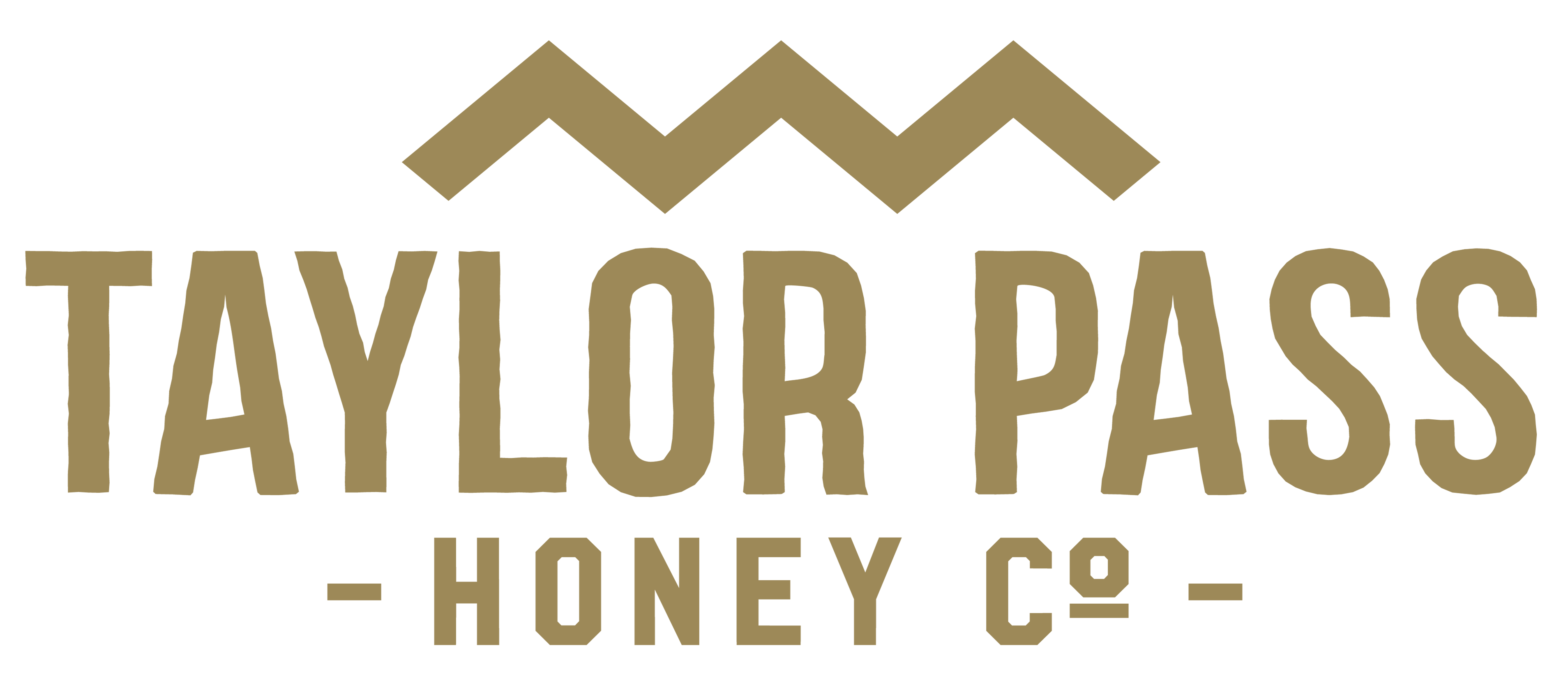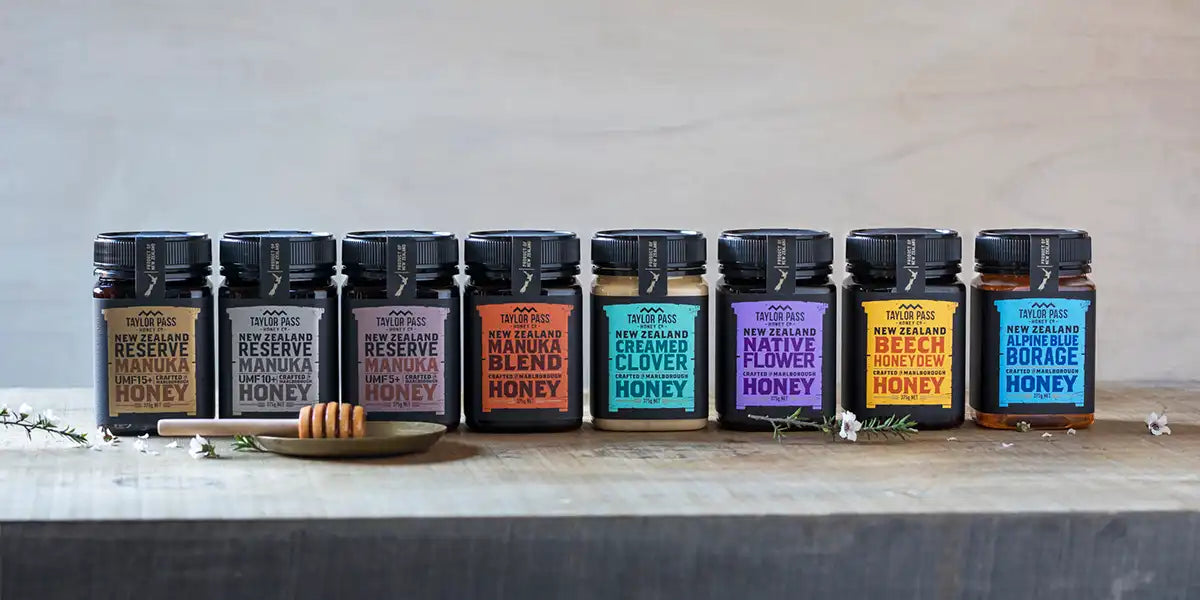Mānuka Honey 101- What is Manuka Honey and Where Does it Come From?
Mānuka honey is one of the richest superfoods on the planet. Made from Mānuka flowers that are only found in New Zealand, Mānuka honey is graded or ranked according to a number of natural compounds each batch contains. The higher the UMF rating number, the more antibacterial and wellness properties it contains. Mānuka honey that has a UMF rating of 5+ to 10+ is often used as a natural sweetener with active healthy properties. 15+ and 20+ is often used in wellness remedies. Mānuka honey also has a very distinctive taste.
What Does UMF Mean?
UMF stands for “Unique Manuka Factor” and is the only authentic and independent grading system that is licensed and approved to verify that honey meets or exceeds industry standards. The UMF is used to grade the quality of natural unadulterated manuka honey that is made in New Zealand. Honey that carries a UMF rating, normally between 5+ and 20+, has been tested for quality and graded by the concentration of specific compounds it contains. The independently certified UMF quality mark is a guarantee of potency, authenticity, purity, origin, and freshness.
What Are the Health Benefits of Mānuka Honey?
It is one of the most extensively researched honey. There are many health benefits associated with Mānuka honey. It is full of nutrients that are believed to support the digestive system. A recent research paper published in the UK in 2020 identified that honey may be better than conventional treatments for sore throat and the coughs that often accompany it, as well as blocked noses. It has the nutrients that help to boost the immune system and unlike antibiotics, it does not cause resistance in those who take it.

Is Mānuka Honey Good for Your Skin?
Mānuka honey that has a rating of +10 or higher is known to have great benefits for the skin. The beneficial compounds it contains make it an effective, topical antibacterial. It fights both Staph & MRSA infections and aids in healing wounds. It also can help treat acne and lighten acne scars. Mānuka honey is effective as a face mask and will give your skin a healthy glow.
Is Mānuka Honey Considered to Be “Raw”?
For honey to be considered “raw”, it cannot be pasteurized or heated in any way. Mānuka honey does go through a short process that is used to eliminate wax and other contaminants that were carried out of the hive. This unique process has no effect on the integrity of the honey and leaves the amino acids, pollen, propolis, and enzymes intact. Mānuka honey is not ultra-filtered, as this process is not allowed in New Zealand. All the goodness is left in the honey.

What Makes Mānuka Honey so Expensive?
Mānuka honey is more expensive than other types of honey due to three key factors. First, Mānuka flowers can only be found in New Zealand, they are very rare and they are recognized for their unique antibacterial properties!
They only flower for 2 to 6 weeks depending on the region, so there is a very limited supply. Great care must be taken to optimize the harvest and collection times of the honey. It is important that the honey be taken from the hive at just the right time to ensure peak flavor and maximum nutrients.
Because Mānuka Honey is such a precious commodity, our staff onsite on the South Island of New Zealand have turned our honey-making process into an art and a science. We take special care of both the Mānuka plants as well as ensuring ethical and sustainable beekeeping practices. By closely monitoring the hives, we are able to collect the honey at the perfect time so that each batch will receive the highest possible UMF rating.
Have a question about Mānuka honey or our process? We’d be happy to answer!


